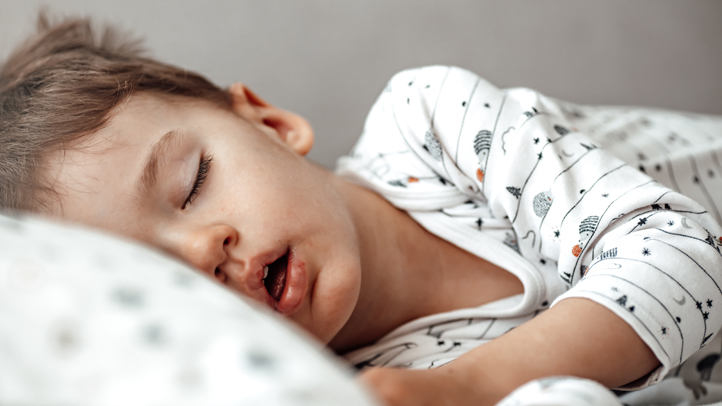Did you know that sleep apnea is no longer limited to just adults? Even children can get affected by it. It’s why you need to learn to recognize the signs and get them diagnosed and treated appropriately. If this is new and new to you, read on to learn more.
Call Our Office Today at (480) 539-7979
Sleep apnea signs to look out for in Children
Treatment of any condition starts by first recognizing and diagnosing it. So to treat sleep apnea, you need to know and be able to recognize the telltale signs of pediatric sleep apnea.
These signs include:
- Frequent and loud or irregular snoring
- Restless sleep with frequent tossing and turning
- Prolonged night sweating and bedwetting
- Headaches or dry mouth in the morning
- Breathing gaps while sleeping
- Feeling sleepy in the daytime, behavioral issues, and concentration problems
How to diagnose sleep apnea in children
A polysomnogram or a pediatric sleep study helps diagnose sleep apnea and its severity in children. The study involves monitoring a child’s sleep patterns, oxygen levels, breathing, heart rate, and brain activity.
Treatment options
There are a few treatment options to consider treating sleep apnea in children:
1. Adenotonsillectomy
This is the most common option often prescribed by healthcare professionals. The procedure involves surgically removing the child’s adenoids and tonsils. Removing them solves the problem because they often are the main airway obstructions that lead to sleep apnea.
2. Oral appliances
Your healthcare professional may in some cases prescribe oral appliances. They are used to reposition the jaw and tongue and thus reduce airway obstruction while your child sleeps.
3. Continuous positive airway pressure (CPAP)
This is another viable treatment option for children with severe sleep apnea, and for children where surgery is not an option. It is a device that delivers a constant flow of air through a mask to keep the airway open while asleep.
4. Weight management and lifestyle changes
Sometimes all it takes are healthy lifestyle changes to treat the condition. This is most effective in treating sleep apnea in children if obesity triggers pediatric sleep apnea.
In this case, following healthy habits like a balanced diet and regular exercise can go a long way in treating sleep apnea in children.
Working with healthcare professionals
It’s essential to work with dental professionals, sleep specialists, and pediatricians and not ignore if you recognize these symptoms.
Your healthcare professional will assess and diagnose the condition to ensure if your child has sleep apnea or not.
It is not enough to just consult your healthcare expert. It is equally important to regularly follow up with appointments and monitoring to address all ongoing concerns. And effectively treat the condition.
In short, parents and caregivers need to be able to recognize the symptoms of sleep apnea in children. Consulting healthcare professionals at the first possible signs of sleep apnea goes a long way in treating the condition.
Remember early detection, the appropriate treatment, and proper diagnosis helps to effectively manage and improve the child’s overall sleep quality and well-being.


